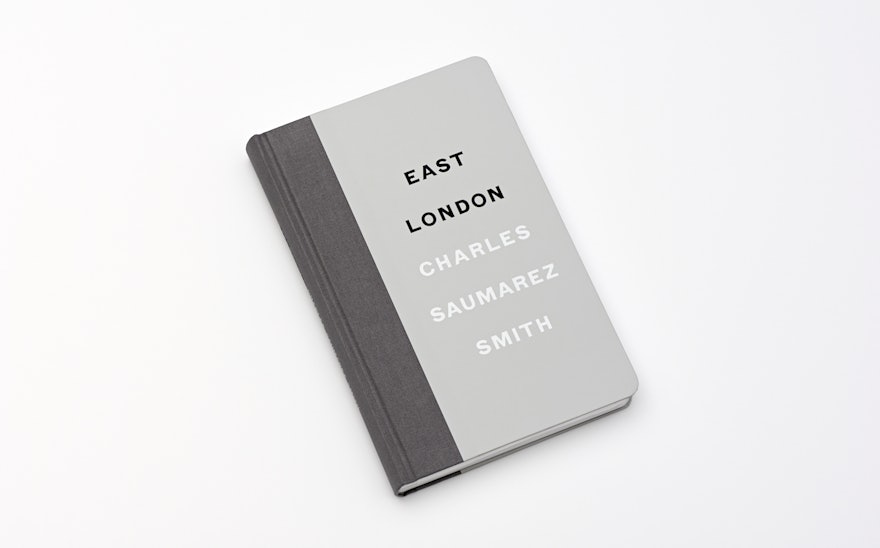Nike World Headquarters is the expansive home base of the largest sports footwear and apparel company in the world. Located on a sprawling, 400-acre campus in Beaverton, Oregon, just west of Portland, the site houses more than 11,000 employees and encompasses over 75 architecturally diverse buildings and structures, including the Nike Sport Research Lab and the Nike Museum, three fitness centers and facilities for athlete training, as well as sports fields, track and running paths, the manmade Lake Nike, and several dedicated stops on the local MAX light rail system.
Pentagram developed a comprehensive signage and wayfinding system for the corporate headquarters in partnership with Nike Construction and Design. The project framework included the structural design of the signage and graphics for the program, including maps of the campus and its transportation network and custom icons. The design draws on the 26-degree angle of the brand’s iconic swoosh and the chevron motif of its famous Windrunner apparel to create a system that is uniquely Nike.
The Nike headquarters opened in 1990 (at One Bowerman Drive, after founder Jeff Bowerman) and has undergone a series of expansions over the years, most recently in 2017-2018. Many of the buildings are named for sports figures who have been pivotal to the company’s growth and history, including Michael Jordan, Bo Jackson, Joan Benoit Samuelson, Alberto Salazar, John McEnroe, Steve Prefontaine, Mia Hamm, Pete Sampras and Serena Williams. These are situated along tree-lined streets in several neighborhood-like smaller campuses that are linked by green spaces, pathways and sports fields.
The challenge for the designers was to develop a signage program that would identify and unify the headquarters and the buildings. Nike needed a cohesive system that would visually connect the huge campus, integrate it with its suburban setting, hold its own with the strong architecture and at the same time help create a sense of place.
The buildings are stylistically disparate—from architecturally innovative to more corporate and traditional—and the inconsistent patchwork of the previous signage helped make the headquarters feel even more confusing and disconnected, at odds with the typically high-quality and holistic Nike brand experience. The company also required an updated system for transportation and pedestrian wayfinding. Many of the Nike employees use public transit or cycle to get to work and once there travel by shuttle from building to building, and the previous program of signage had no uniform maps of the various campuses and the transportation network.
Nike prizes its heritage as a sportswear pioneer and this history and culture is an important part of its brand. The designers wanted to pay homage to this legacy in the system and developed a mesh perforation for the signage structures based on the 26-degree angle.
The angle is both subtle and ubiquitous in the brand’s visual language: it appears in the familiar chevron motif on Nike apparel, on shoebox graphics, and in the pattern of the soles of Nike sneakers. Once noticed, it can be seen everywhere, including the tilt of the Nike swoosh itself.
The signage brings the angle to life in the pattern of perforated mesh that covers two sides of the box-like structures. As people move past and around the signs and look into the mesh surface, a layered moiré pattern is revealed, creating a dynamic optical effect that resonates with the movement and energy in the Nike brand.
The team created prototypes for testing to see how the pattern “moved” as users made their way around the sign. The bands of angled stripes appear to run up and down the signs, giving them a sense of speed and momentum. The honeycomb texture of the pattern is balanced by the minimalism of the forms.
Wayfinding signs are vertical totems that are visible from a distance. The rectangular structures have visual mass and physicality, but the mesh gives them a lightness and transparency that helps integrate them with the natural surroundings. (Seen in profile from their uncovered “thin” side, they almost seem to disappear.) The signs are made of durable materials including blackened steel that can withstand the inclement weather of the Pacific Northwest.
A range of signage types were developed for various locations (at intersections, mid-block, in plazas, etc.), and the designers conducted testing to make sure the system worked for pedestrians, runners and cyclists, as well as vehicles. The series includes interpretive signage for landmarks like Lake Nike. Signage typography is set in Futura, the Nike brand font, and Flama, another geometric sans serif with high legibility.
The angle carries through to the graphics of redesigned maps for the headquarters and transportation system. The designers built a new graphic structure based on the angle and simplified the representation of shuttle routes to give the maps a streamlined aesthetic. A system of custom icons are also constructed around the angle.
